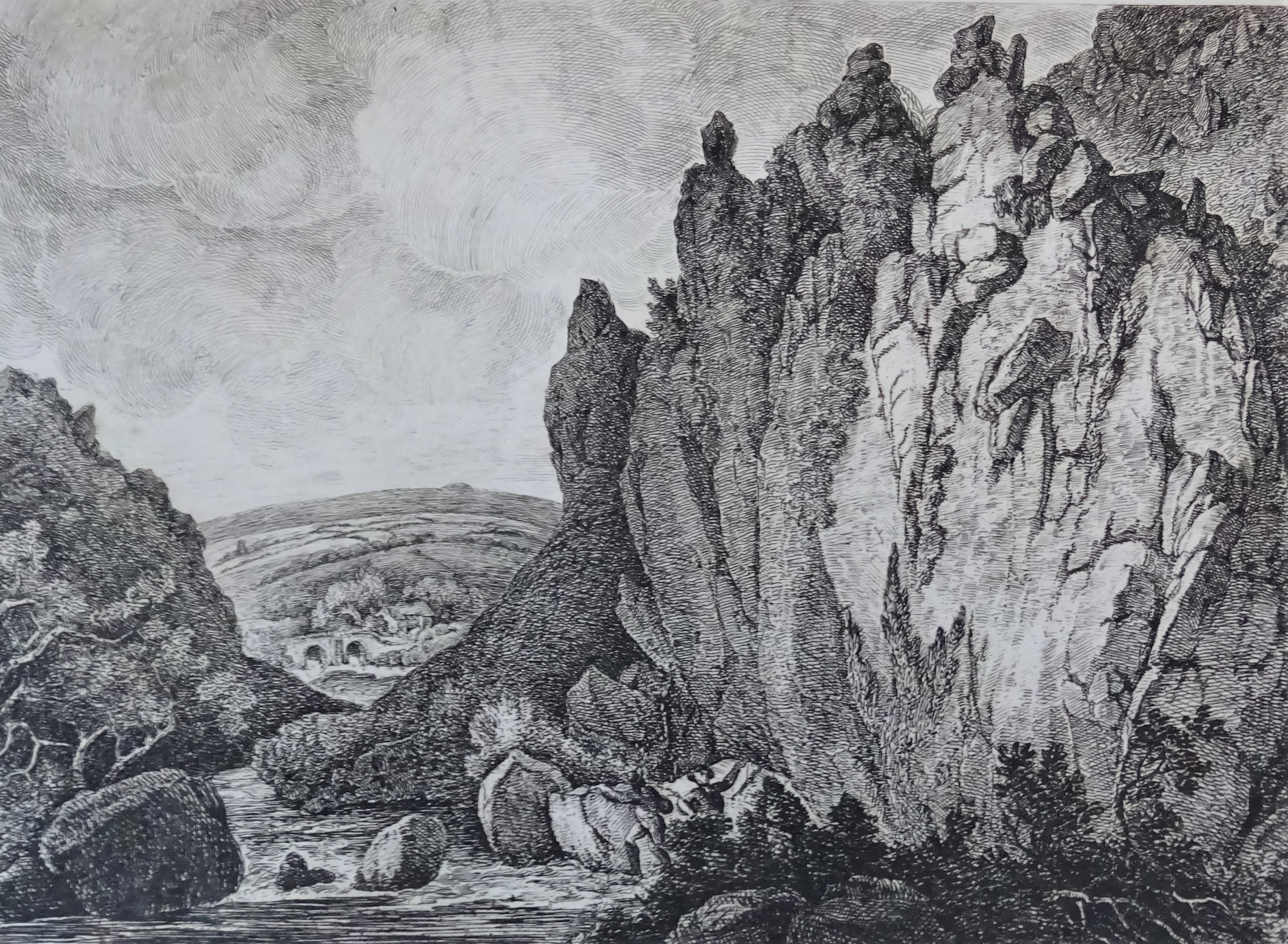Dewerstone Rocks, River Plym, Dartmoor on:
[Wikipedia]
[Google]
[Amazon]
 Dewerstone is the site of an
Dewerstone is the site of an
 Dewerstone is the site of an
Dewerstone is the site of an Iron Age
The Iron Age is the final epoch of the three-age division of the prehistory and protohistory of humanity. It was preceded by the Stone Age (Paleolithic, Mesolithic, Neolithic) and the Bronze Age (Chalcolithic). The concept has been mostly appl ...
Hill fort
A hillfort is a type of earthwork used as a fortified refuge or defended settlement, located to exploit a rise in elevation for defensive advantage. They are typically European and of the Bronze Age or Iron Age. Some were used in the post-Roma ...
on a rocky promontory overlooking the River Plym on the South West edge of Dartmoor to the North of Plympton in Devon
Devon ( , historically known as Devonshire , ) is a ceremonial and non-metropolitan county in South West England. The most populous settlement in Devon is the city of Plymouth, followed by Devon's county town, the city of Exeter. Devon is ...
. The fort consists of ramparts to the Northern side of the promontory at approx 210 Metres above Sea Level.
"Dewer" is an ancient Celtic
Celtic, Celtics or Keltic may refer to:
Language and ethnicity
*pertaining to Celts, a collection of Indo-European peoples in Europe and Anatolia
**Celts (modern)
*Celtic languages
**Proto-Celtic language
* Celtic music
*Celtic nations
Sports Fo ...
word for the Devil, and Dartmoor tradition has it that the Devil, riding a gigantic black horse, gallops across the Moor each night and leads a phantom pack of black hounds to chase weary or foolish humans over the Dewerstone to their deaths. Another legend has it that a shepherd
A shepherd or sheepherder is a person who tends, herds, feeds, or guards flocks of sheep. ''Shepherd'' derives from Old English ''sceaphierde (''sceap'' 'sheep' + ''hierde'' 'herder'). ''Shepherding is one of the world's oldest occupations, i ...
actually saw the black hounds devouring an unfortunate man on his way home from the fields one night.
The area is also popular with climbers, with over 100 climbs listed. Nick White; South Devon and Dartmoor- a climber's guide, Cordee 1995 - {{ISBN, 978-1-871890-32-7 - pages 277 to 301References